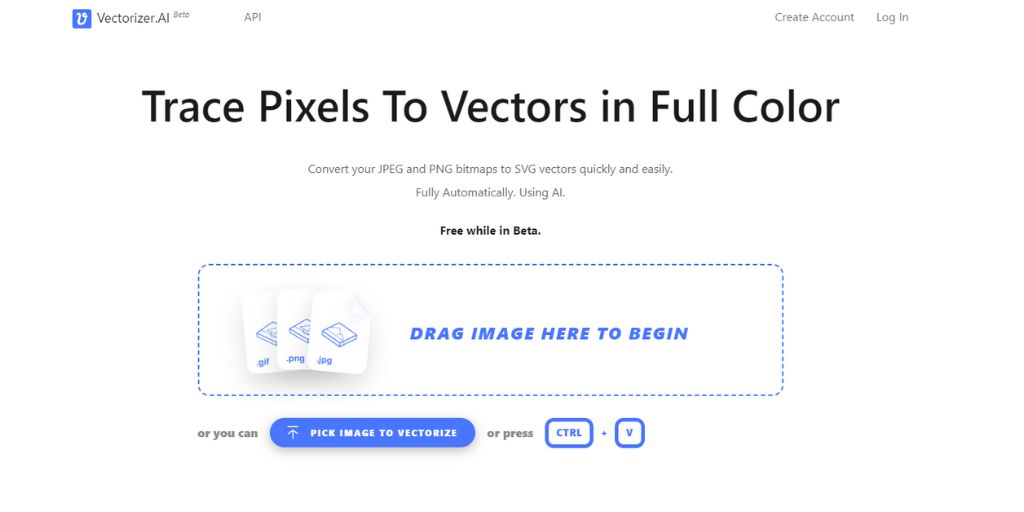As a graphic designer, I often find myself pondering over the intricacies of color spaces.
One question that frequently pops up is, “Are EPS files CMYK or RGB?“
If you’ve found yourself wondering the same, you’re not alone.
However, the answer isn’t as black and white as you might think.
Let’s start with the basics.
What Are EPS Files?
EPS, or Encapsulated PostScript, is a widely embraced file format in the graphic design world. It’s a vector format, meaning it employs mathematical equations to craft shapes and lines.
This unique feature allows EPS files to be infinitely scalable without any degradation in quality. Whether you’re designing a logo or a billboard, EPS files are your go-to choice.
Now, let’s delve into the crux of the matter – the color space of EPS files. You’ll be pleased to know that EPS files are incredibly flexible when it comes to color models.
They can comfortably support both CMYK and RGB.
CMYK vs RGB Color Model
The CMYK color model, an acronym for Cyan, Magenta, Yellow, and Key (Black), is the traditional choice for print media. It’s a subtractive color model, where colors are produced by subtracting light from white. If you’re creating a design that’s destined for the printing press, CMYK is your best bet.
Conversely, RGB, standing for Red, Green, and Blue, is an additive color model favored for digital displays. In this model, colors are birthed by adding light, making it perfect for designs that will grace screens.
Are EPS Files CMYK or RGB?
So, circling back to our original question, “Are EPS files CMYK or RGB?”
The answer is, they can be both.
The color model employed in an EPS file depends on the graphic software and settings used to create it, and more importantly, the intended use of the final design.
As a designer, you must grasp the differences between these color models and select the one that aligns best with your project’s requirements.
Is It Necessary to Convert an EPS File from RGB to CMYK Before Printing?
When it comes to printing, it’s generally recommended to transition your EPS images to a CMYK color profile for optimal color reproduction from digital display to physical print.
Switching to CMYK not only maintains the vibrancy of the image but also guarantees a color match between what you see on your screen and what eventually gets printed.
While the notion of converting to CMYK might seem daunting to some, rest assured, it’s typically a straightforward process that can be accomplished with a few easy steps in your chosen design software.
Conclusion
In the end, gaining knowledge about the color space of EPS files and mastering its manipulation can greatly expand the creative possibilities for your designs. And it can be crucial if you want to print your designs on posters or t-shirts.
Therefore, it is recommended to continue exploring, learning, and above all, creating to fully unlock this potential.
BONUS FOR YOU: Get the Digital Product Starter Kit and start building your own online business today.
Here Are Some of My Favorite Tools For Print-on-demand
As a graphic designer and POD seller, I’ve had the opportunity to discover different helpful products and tools that can be time-saving and make the process of creating your designs a bit smoother.
DESIGNS: Kittl (best for t-shirt designs), Vexels (for professional designs), Placeit (for unique product mockups)
GRAPHICS: Creative Fabrica (cheapest marketplace), Envato Elements (more variety)
SELLING DESIGNS: Creative Fabrica (for advanced graphic designers)
ETSY:
- Research – Alura (best), ProfitTree ( beginners)
- Fulfillment – Printul (beginners), or Printify (advanced).
Disclosure: Some of the links above may contain affiliate partnerships, meaning, at no additional cost to you, NechEmpire may earn a commission if you click through to make a purchase.
- How To Remove Background In Canva Mobile App - September 4, 2025
- How to Detach Image From Background on Canva Mobile - September 4, 2025
- How to Add Ruler And Guides in Canva Mobile App - September 3, 2025







